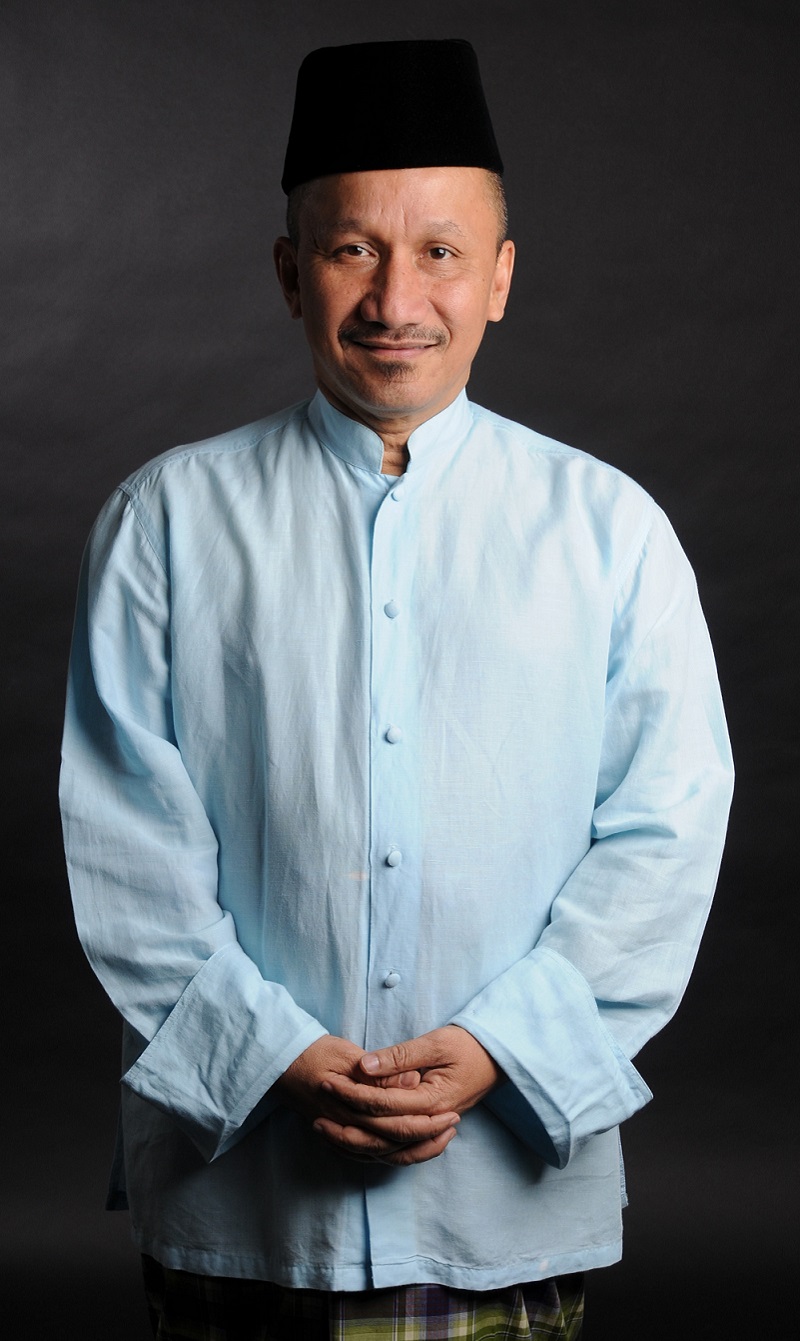Creativity means business
In the old days, one would associate a creative life with income insecurity. Today, the thinking is that unless one gets serious about creativity, there is no hope of becoming the next Zuckerberg.
Tech game changers like Facebook, Google, and Sweden’s Spotify and Minecraft have transformed the world, and their ability to do so has had nothing to do with factories, commodities or transportation networks. According to The Economist Pocket World In Figures, the countries with the highest innovation index in the world are Switzerland, followed by Sweden, the UK and then the Netherlands. As far as Asian countries are concerned only the Republic of Korea, Singapore, and Hong Kong made it to that list, with the Republic of Korea spending the highest on R&D at 4.29 per cent of their GDP.
The tech waves
While creativity in the economy is all the rage today, this was not always so. The mass production ethos of the Industrial Revolution favoured conformity and efficiency over creativity. Creativity might have been permanently side-lined had the digital era and the technology sector not provided the setting in which creativity could lead to innovation, the New Economy and spectacular growth.
Creativity remains closely linked to tech, where it has clearly made waves. At a recent forum of the WIEF Businesswomen Network (WBN) in Gangneung, Korea, Dr Myungho Lee (Director of the Korea Association for Future Studies) revealed how different the world had become due to these changes. Company value rankings have shifted dramatically, with analogue companies such as Walmart and Coca-Cola making way for digital companies such as Microsoft, Apple, Google, Samsung and Amazon.
According to Brand Finance, as recently as 2007 the brand value of Coca-Cola was still the highest across all industries at USD43 billion; by 2016, however, its brand value had fallen to about USD34 billion while Apple’s had shot up to USD145 billion. Digital companies are more successful than their analogue counterparts not just because tech is in vogue, but because their digital platforms enable them to provide for the needs of people on a much larger scale.
One of the more glaring contrasts is how the corporate value structure has changed, as reflected in the ratio of components of S&P 500 market value. In 1985, market capitalisation consisted of 32 per cent IP and 68 per cent real assets. By 2005, this ratio had reversed to 79 per cent IP and 21 per cent real assets. By 2025, it is expected to be 95 per cent IP and a scant five per cent real assets. Now that the New Economy has arrived in such compelling fashion, how are countries adjusting?
Republic of Korea’s Gangnam move
Since the Korean War, the Republic of Korea has seen an impressive transformation and has long been upheld as a model for economic development. As WBN Chairman Dato’ Dr Norraesah Mohamed put it at the WBN forum in Gangneung: ‘K-pop is very well-known in Malaysia. Many dance to “Gangnam Style” and people stay up late to watch the “Winter Sonata“ [a popular Korean TV series]. Nearly every household has a Kia or Hyundai and the fight between iPhone and Samsung is fierce. Everyone wants to have the porcelain complexion of Korean women. How do you do this?’
A star performer in the country is the cosmetics industry — the BBC reported that in 2015, a record of USD2.6 billion worth of cosmetic goods was exported, up from USD1 billion in 2012. The products appeal to a global market just as the industry appeals to major global investors.
Its economy is the 11th largest in the world, with a GDP of USD1.37 trillion in 2015. The ‘greatest hits’ of Korean exports enumerated by Dr Norraesah also tell us that the country is in transition, manufacturing both old economy automobiles and New Economy smartphones. It is already doing the latter well enough to be able to take on giants like Apple.
But its economic success story — dubbed ‘the Miracle on the Han River’ — appears to be facing new challenges. It is now a middle country trapped between developing country status and developed country status. In per capita GDP terms, entering the USD20,000 zone is one thing, but crossing the USD30,000 threshold is another.
According to Dr Lee, while reaching the first milestone involved a process of moving quickly and catching up, the next step requires the country to become an innovative pioneer. The first jump was cost-focussed and emphasised plain hard work; the second will be value-focussed and require the country to combine productivity and creativity. Additionally, industries will need to shift from manufacturing-centred sales (which focus on the product) to customer-centred usefulness (which focus on services and experiences).
The country introduced a core national agenda centred on creativity in 2013. It established creative economy innovation centres to facilitate collaboration between large conglomerates and smaller firms with a focus on SMEs and ensuring they are sufficiently incentivised to participate in the drive towards creativity. 17 such centres had been set up but opinion is divided on whether the country’s creative economy agenda has made a significant impact. The Republic of Korea has seen growth in the number of new businesses launched and money invested by angel investors in industry sectors including cosmetics and high tech startups. But the government is also encouraging other sectors such as pharmaceuticals, industrial materials, petroleum products and food processing.
The fastest growing sector
A Special Edition of the United Nations Creative Economy Report in 2013 noted that global trade of creative goods and services totalled USD624 billion in 2011, having more than doubled from 2002. Besides being one of the fastest growing sector, the creative economy — which in the report included audio-visual products, design, new media, performing arts, publishing and visual arts — holds much potential in terms of income generation, job creation and export earnings.
Those wondering if creativity has any serious economic heft outside the tech and Silicon Valley context should consider the story of Aissa Dione, who spoke at the WBN Forum in Gangneung. When the Senegalese painter and textile designer founded her company in 1992, her aim was to revive Senegal’s traditional fabric-weaving craftsmanship and build a production chain that was truly made in Senegal. Today, with 100 employees, she transforms African-grown cotton into fabric, fashion items, footwear, furniture, bags and other products that
are exported to the world.
The Nigerian film industry, Bangkok’s fashion industry and Morocco’s publishing and printing industry are just a few examples cited in the UN report of the transformative power of the creative industries. Many such industries have evolved organically, but governments at national, state and local levels are beginning to realise that it pays to support the arts.
A crucial point in this area is not to think of everything in monetary terms, especially since creative industries also generate non-monetary value. As the UN report noted, ‘they contribute to the overall well-being of communities, individual self- esteem and quality of life, thus achieving inclusive and sustainable development.’
Lionesses of Africa Founder and Editor-in-Chief Melanie Hawken said Dione ‘has revived an entire industry in her country and, in doing so, has created much needed jobs, preserved precious skills that would have been forgotten, and built a business that creates world-class, highly desirable products.’
In summary, to capitalise on creativity as a generator of economic value, countries should support the development of the creative industries while at the
same time strengthening the dynamic connections between the creative industries and the rest of the economy. This would lead to a vibrant arts and culture landscape on one hand, and a much needed economy- wide culture of innovation on the other.
WIEF WBN Forum: Creative economy in Korea
In Gangneung, Korea, on the 8th & 9th November 2016 Women and the Creative Economy took centre stage at the WIEF Businesswomen Forum. The breath-taking locale of the Gangwon Province provided the perfect setting for the convergence of Korean creativity and WIEF entrepreneurial energy.
At the Forum, Permaisuri of the State of Johor, Malaysia, and Chancellor of Universiti Teknologi Malaysia, HRH Raja Zarith Sofiah binti Almarhum Sultan Idris Shah, spoke about the role of universities in nurturing creativity. She maintained that graduates today must be able to remain relevant and impactful by being creative. They also need to be ‘resourceful, versatile, adaptive and flexible,’ all of which requires creativity.
Chairman of the WIEF Foundation, Tun Musa Hitam, noted that today’s challenging environment actually offered more room for SMEs and women to thrive: ‘The smaller, the better; and this scenario gives women entrepreneurs the opportunities to take advantage of the situation.’ This is provided countries harness creativity and transform quickly: ‘If we don’t move on and adapt, we stand to lose.’ The discussions explored the women’s potential in the creative economy, and addressed challenges and strategies for women entrepreneurs in the global halal industry (expected to reach the USD6.4 trillion mark by 2018), as well as financing options for women entrepreneurs in general.
One hundred and forty delegates from 14 countries participated in the Forum held in Gangwon, the province hosting the 2018 Winter Olympics. Part of the Olympic Games preparations includes the introduction of a halal system, in particular halal food, to cater to Muslim athletes and visitors, as noted by Governor of Gangwon Moon-Soon Choi.
___________________





